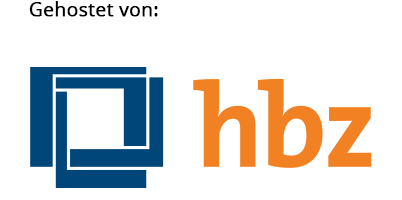Questionnaire-based analysis of the perception of complexity and adaptation requirements by emergency medical service
DOI:
https://doi.org/10.25974/gjops.v1i1.19Keywords:
Team work context, High Responsibility Teams, Training, Team Resource Management, interprofessional developmentAbstract
Background: High-Responsibility Teams (HRTs), which include professionals in emergency medical services (EMS), firefighting, dispatch centers, and some areas of nursing, operate at an extremely high level of reliability to avoid fatal damage to people and the environment. The objective of this work is to research the perception of teamwork and other work factors among HRTs, such as complexity, in those related to emergency services, in order to establish a data-based foundation for the further development of specific training and support offerings.
Methods: From October 1, 2022, to March 31, 2023, an online questionnaire was primarily targeted at paramedics, emergency physicians, dispatchers, professional firefighters, and nursing staff working in Germany and was subsequently analyzed using descriptive and inferential statistics. The questionnaire is based on the previously validated Team-Work-Context-Inventory.
Results: The average age of the sample (N = 490) is 40.6 years. 74.4% are male, 23.9% female, and 1.7% non-binary. 9.8% are emergency physicians, 8.0% professional firefighters, 8.8% nursing staff, 37% dispatchers (BOS), and 24.7% emergency paramedics. All respondents critically evaluated the factor "Complexity," as did paramedics and dispatchers in the context of "Hierarchy." In "Shared Mental Model" and "Adaptation Requirements," different values were observed among the professional groups, with threshold values not being met or only marginally exceeded.
Discussion: Regarding complexity, HRTs exhibit similar profiles, although nuanced differences in certain aspects, such as "Dynamics" and "Polytely," suggest the need for further qualitative research. Technological developments, as well as specifically targeted training, can lead to a reduction in complexity or cognitive aid in managing complex decision-making and action situations. In context criteria such as hierarchy, leadership, and followership, profession-specific differences emerge, necessitating targeted training measures to strengthen a shared goal orientation.
Conclusions: The results indicate a need for action. Further measures for complexity reduction, interprofessional training at interfaces (e.g., trauma rooms), and dealing with leadership and followership are necessary.
Downloads
Published
Versions
- 2025-02-07 (2)
- 2025-02-06 (1)
License
Copyright (c) 2024 Christian Elsenbast

This work is licensed under a Creative Commons Attribution-ShareAlike 4.0 International License.
We publish open access under the Creative Commons BY-SA 4.0 licence (https://creativecommons.org/licenses/by-sa/4.0/?ref=chooser-v1).
Content may be redistributed and reprocessed (including for commercial purposes), provided that the original source is cited and the same licence conditions apply.





